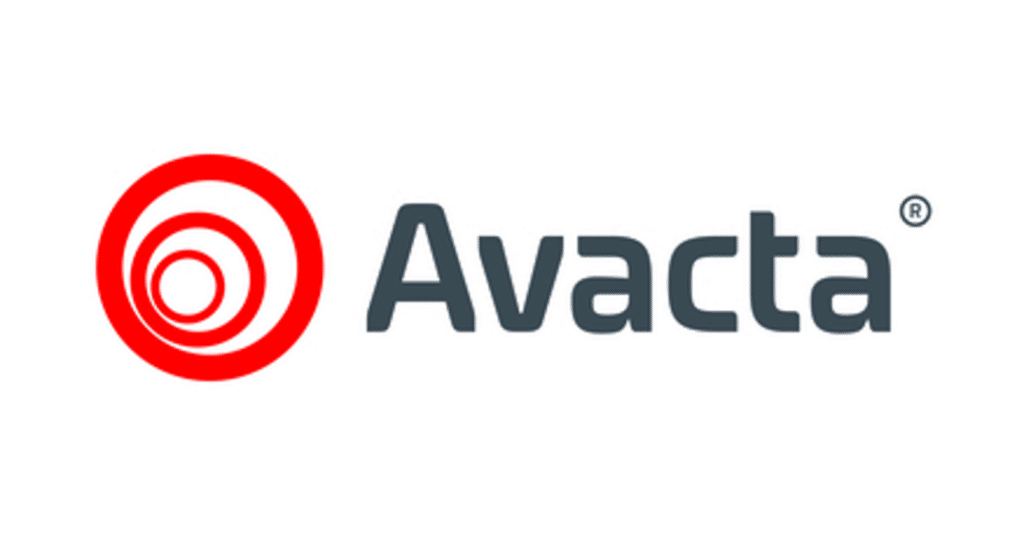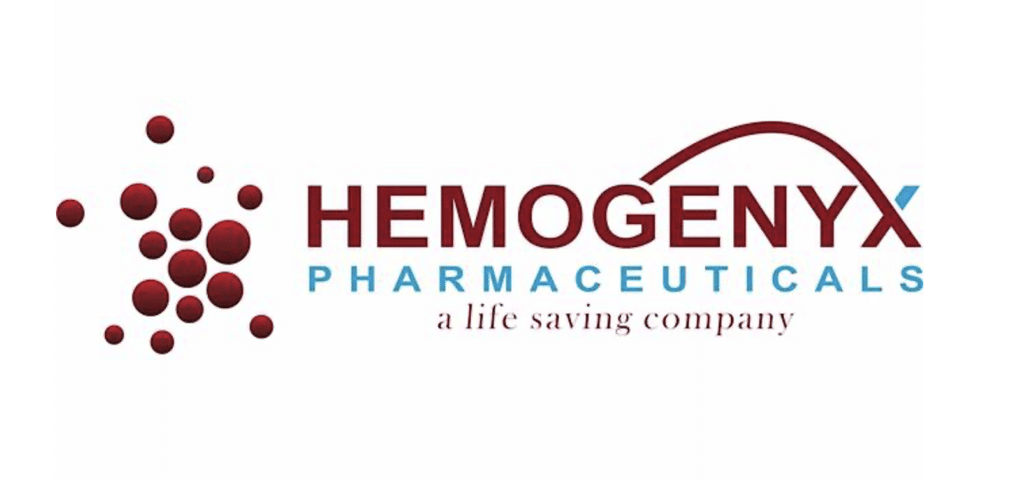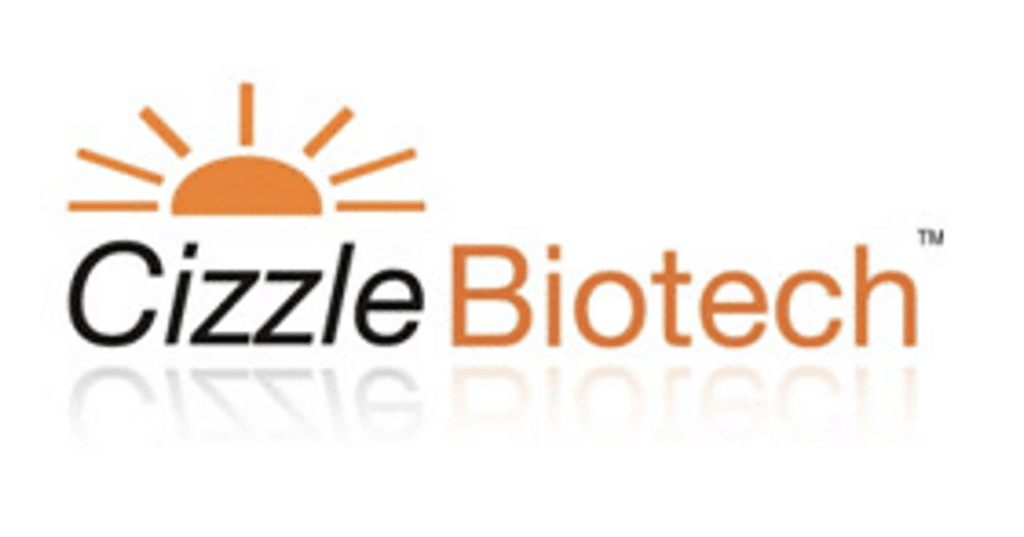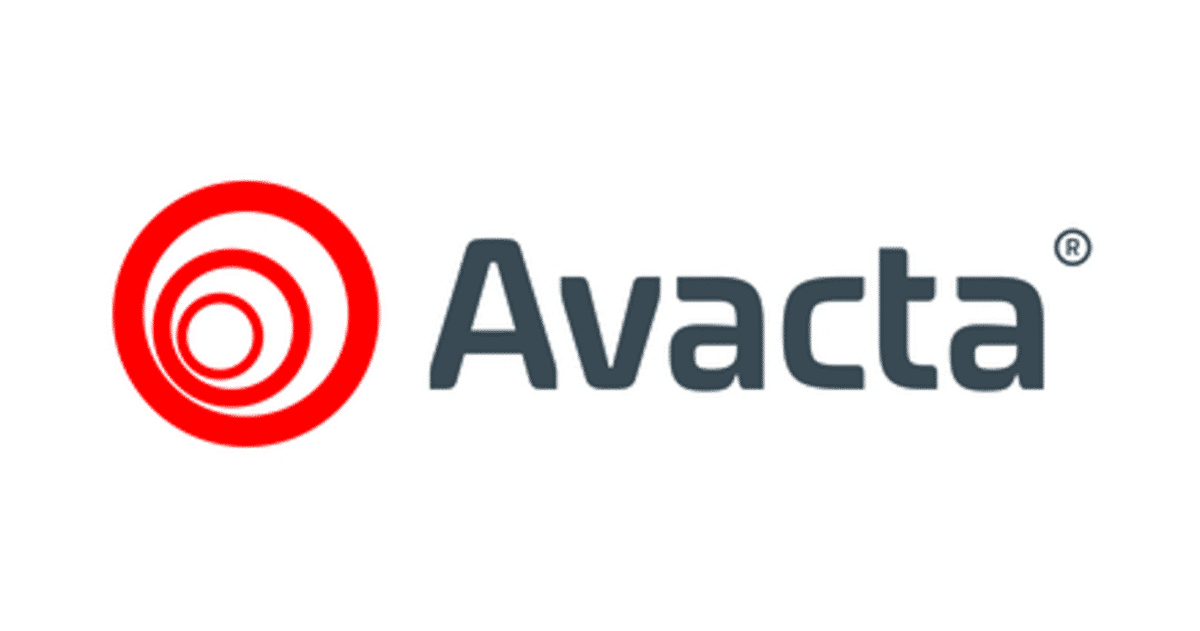Avacta, Hemogenyx, Cizzle and Poolbeg Pharma remain my top four biotech picks for 2024. Here’s why.
There are many, many biotechs out there. Most are funding trials into a single flagship treatment — with a standard Chance of Success of circa 10%. However, when research houses talk about a 10% CoS, this concerns scientific success rather than financial potential.
In reality, of those 10% of clinical trials that come back with positive results, most come with only limited monetary upside.
This means that small cap biotech investors are looking for a needle in a haystack. And for context, I’ve covered Synairgen, BridgeBio Pharma, Sensorion, Rafael, and Angion Biomedica over the past few years — and all saw significant one day drops when their flagship trial results came back with bad numbers.
On the plus side, those companies which create a treatment or test that big pharma wants to get its hands on essentially get a blank cheque. I have four in my portfolio that I think represent excellent potential — I have held all of them for over a year, and will continue to do so:
1. Avacta

If you don’t know Avacta, you’ve been sleeping under a rock. I covered the company in depth last year, but since then the company has released P1A clinical data on flagship AVA6000.
While I would encourage would-be investors to read the entire deck, the clef notes are that:
- The pre|CISION platform targets the release of chemotherapy to the tumour as intended
- AVA6000 has significantly improved the safety and tolerability of doxorubicin
- AVA6000 has shown encouraging preliminary clinical signs of anti-tumour activity, including within a 59 year old patient with UPS experiencing a 65% reduction in tumour volume
- Phase 2 is to begin in 2024
CEO Alastair Smith argues that AVA6000 could well be one of the ‘holy grails of cancer drug development.’ The company recently appointed Dr Christina Coughlin as Head of Research and Development — and one would hope that the company has a commercial deal of some kind coming soon.
For balance, AVA6000 remains early stage if exceptionally promising. There’s also a question mark over long term financing — though Smith has in the past argued there is significant non-dilutive optionality available.
From an investor standpoint, AVCT shares have once again fallen close to the £1 mark — which represents a solid entry point. The company follows the typical biotech cycle of falling between clinical trial data releases and rising to meet them. I expect the company will get bought out at a significant premium within the next three years.
2. Hemogenyx

The science behind HEMO is beyond most retail investors, and I had to draft in a couple of specialists to convince me of its merits.
I plan to do some proper in-depth coverage when we have time over all of its various assets, but the near-term catalyst is close. HEMO has developed a CAR-T therapy clinical trial candidate (where a patient’s own T-cells, a type of immune cell, are modified to recognize and kill the patient’s cancer cells). The treatment will be targeted at AML (acute leukaemia), which has a survival rate of <30% in adults after five years.
However, in June last year the US FDA put a clinical hold on the potential trial — these are sometimes a minor issue, and sometimes not. However, HEMO has successfully completed its Process Qualification run of the end-to-end process for the manufacture of HEMO-CAR-T cells, part of the plan to address the FDA concerns, a plan which the FDA had previously accepted.
This was the last and ‘key remaining step’ to lifting the clinical hold and getting FDA consent to commence Phase 1 trials. On 16 January, the company submitted its ‘complete response to the clinical hold’ and I expect the FDA to lift the hold and grant permission imminently.
HEMO remains high risk even then, but the potential is promising. I would note that the stock has risen sharply in anticipation of this news, so long term investors may wait for a ‘sell the news’ event before getting in.
3. Cizzle

Cizzle is developing an early lung cancer detection test which is designed to be a vast improvement on current CT scans — which have a false positivity rate of 90%. There is currently no single NHS-approved biomarker blood-based diagnostic test for early-stage lung cancer.
The test has multiple potential advantages; for the patient, there’s less radiation, it’s faster and involves non-invasive blood sampling, and there’s convenience of not needing to attend a hospital scanning unit multiple times. Healthcare providers also benefit, as CT scanners become freed up for other patients and patients qualifying for Cizzle’s test will require less costly medical intervention.
The company has partnerships with CorePath Laboratories, China’s International Co-Innovation Centre for Advanced Medical Technology, and of course $11 billion Bio-Techne. The base investment case is that Bio-Techne will buy the company — though new investors may have a better entry point than the current 2.5p if they’re not afraid of missing the boat.
4. Poolbeg Pharma

Setting aside the RSV drug candidates, alongside POLB 002,3 and 4 — POLB001 is the flagship — and 17 January saw the company announce further encouraging data with regard to its ‘potential in Cancer Immunotherapy-Induced Cytokine Release Syndrome (CRS).’
Highlighting a >$1 billion market opportunity, the company demonstrated efficacy in an in vivo model, strengthening data and allowing for an expansion in patent applications. Most importantly, an independent advisory board comprised of international opinion leaders, healthcare payers and clinical trial experts, endorsed the attractiveness of POLB 001’s Target Product Profile and its potential as an oral therapy for CRS.
CEO David Allmond enthuses that ‘the pharmaceutical sector is seeking an effective solution for CRS and, as an oral therapy, we believe there is a significant opportunity for POLB 001 to meet this critical unmet medical need and have a positive impact on global health.’
That’s buyout language — and the pharma world is on a buying rampage.
And the rest…
I also hold hVIVO, but view this as a growth stock where the consistent but slower upside is more likely, rather than a high risk, high reward biotech. Others on the watchlist include Polarean Imaging, Oxford Biodynamics, C4X Discovery Holdings. I don’t jump into biotechs without doing the research first — POLX I have done some initial work, but the others I will cover through H1.
2024 is likely to be a good year for biotechs, and I will continue to hold the above four as all remain top acquisition targets in the relative near term.
As always, it only takes one good story to get positivity rolling once more.
This article has been prepared for information purposes only by Charles Archer. It does not constitute advice, and no party accepts any liability for either accuracy or for investing decisions made using the information provided.
Further, it is not intended for distribution to, or use by, any person in any country or jurisdiction where such distribution or use would be contrary to local law or regulation.


Hi Charles, nice to see you provide some coverage to Hemogenyx.
I agree with most of what you have written; however I’m not sure whether your final paragraph is particularly helpful.
The share price is currently 2.8p – which is about +10% on the most recent placing and well below previous levels of mCap.
You may be right that some traders will sell ‘on news’ but I think there is a lot more upside before that happens and think it is very unlikely that anyonw will be able to invest at sub 3p a share once the clinical hold is lifted.
Time will tell – personall I’m not taking chances and have ensured I’m invested suffcicienlty ahead of this important milestons and share price catalyst.
I expect there will be further news following the initial RNS which I also hope will furher underpin the credemtials here
Hi Steve, as I noted at the start I hold HEMO already so am sold for the long term. However, I also have to balance this with the technicals – and new investors looking for an entry point deserve my honest opinion about when to get in. The clinical hold really is just the start of a long journey to commercialisation.
However, I hope you are right!